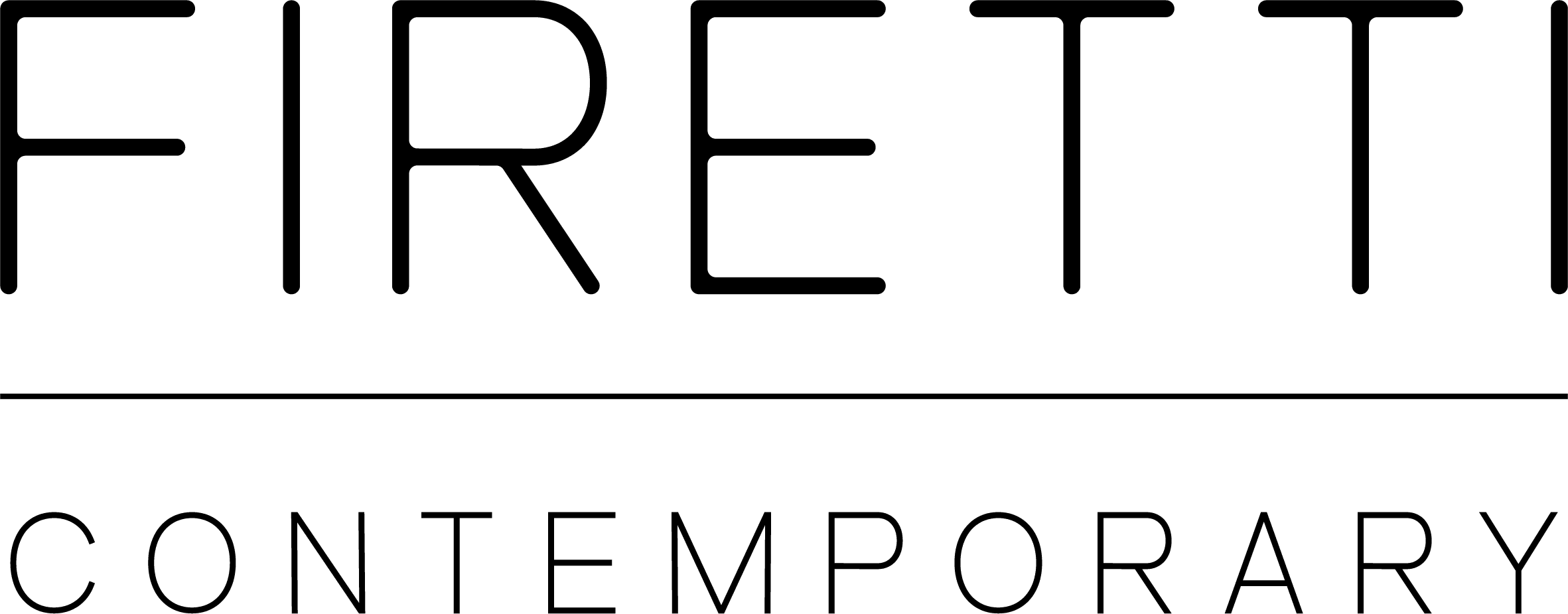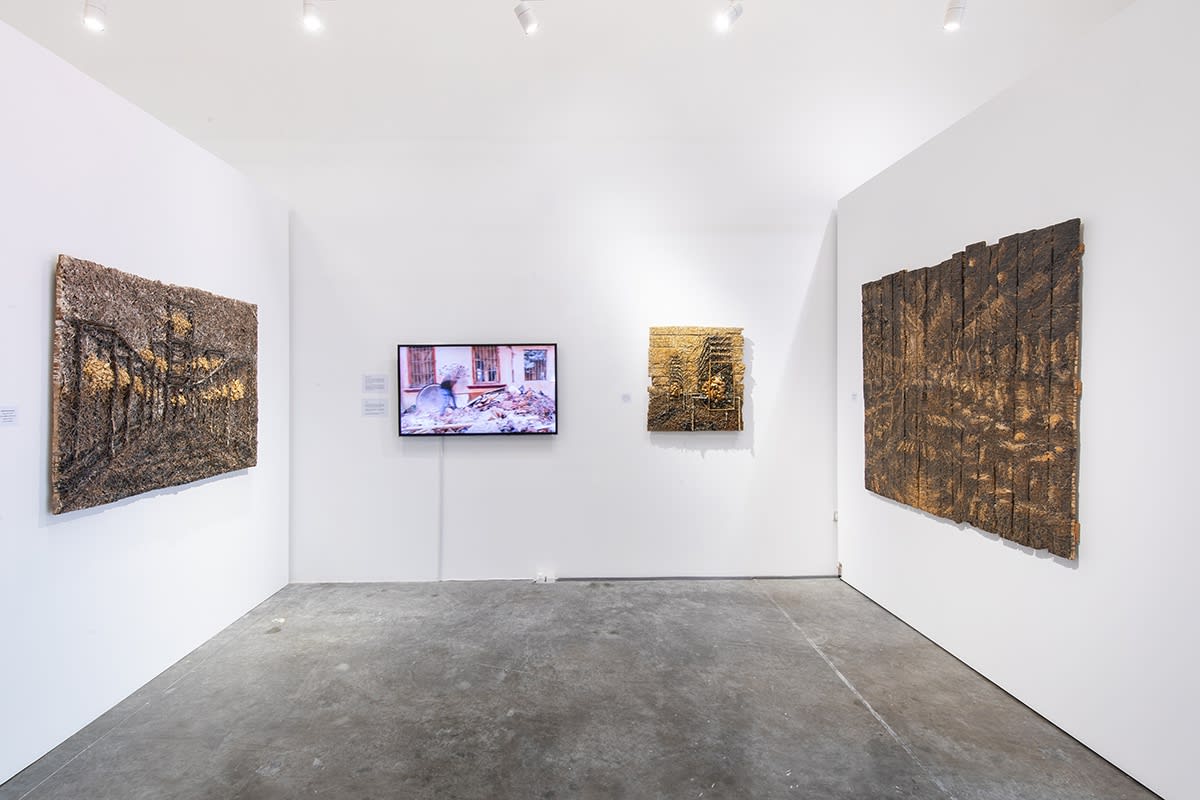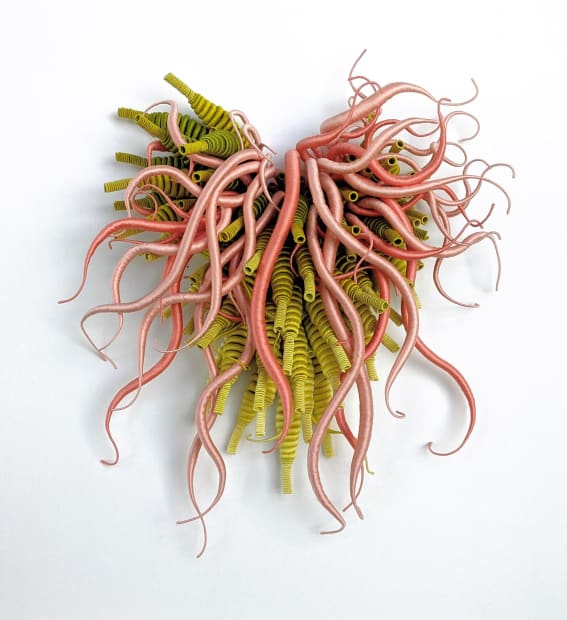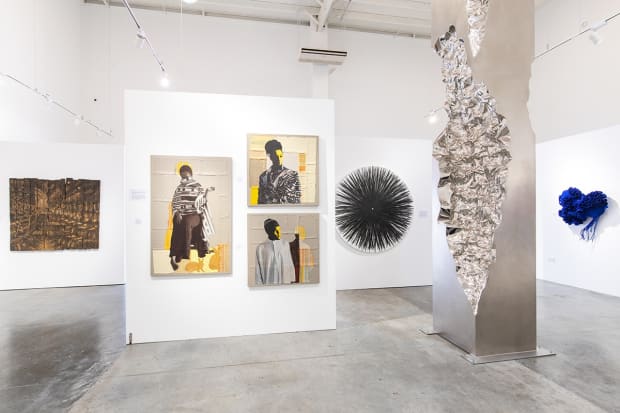Praxis of Change displays works by regional artists as well as artists exhibiting for the first time in the region. The exhibition is designed to inspire artistic appreciation and a desire to respond to environmental challenges, the goal of the exhibition is to view art through ecological glasses: How the environment is represented within images and sculptures as well as how the role of humans on Earth is depicted.
There’s a crescendo of interest in both art that is itself in connection with the environment and art that is self-consciously environmental, ultimately drawing attention to anthropogenic global warming. The dialogue between art and our ecological systems surface, where the interconnection of humans and nature can be observed.
Born from the tenacity and hunger to engage with various audiences, the exhibition aims in bringing individuals together outside political affiliation and dive into a different world that allows for more empathy. In conjunction with this passion and desire from artists who grapple with the immensity of environmental degradation, Praxis of Change brings forth the amalgamation of these ideas.
The exhibition is a manifesto stating that saving the planet is a collective effort as well as it demands individual responsibility. Where you are right now and with what you have, there are choices you can make to do your part to save the planet. This is a subject which can be impacted by every single person on Earth. We need to start changing the way we live and focus on a life which aims to help the climate fight, rather than battling against it.
-

Charbel Samuel Aoun
Aoun is a designer of spatial and multisensory experiences, he gives pride of place to plants, natural and recycled materials, creating a system that both examines and questions social and environmental realities. The works presented in this exhibition invites the viewer to embark on a sensual journey. The rational and the emotional elements of cognitive processes are triggered through a multisensory contact with the material, allowing for a multidimensional encounter with his pieces. Bamboo, pine needles, stones, glass, and wood or some of the materials utilised in his pieces - all reflecting on nature and the relationship that exists between mankind and the earth.
-

-

-

Rachel Libeskind
An artist who is constantly pushing the boundaries of available mediums, Rachel Libeskind, draws inspiration from themes both personal and public, creating a body of work that intelligently marries historical and contemporary notions of identity, gender and re-appropriation, creating a situation where social commentary and materiality go side by side.
In Praxis of Change, Libeskind presents us with an installation of words all relating to our planet and environment. The phrases we are confronted with make us question our relationship with the earth and nature, both collectively and individually. “Nature owes you nothing”, “Terror of Territory” and “You are not on Earth” are a few of the encouraging statements within this installation – all engaging the viewer to question the certainty of our future on Earth.
“What is left for us to inhabit in this new terrestrial? To inhabit is fundamentally to inherit– we inhabit what we have inherited – perhaps not from a familial line, but from a cultural or an ecological one. The terror of territory, the terror of bequeathing uninhabitable land, the terror of inheriting nothing. After many lifetimes built up-on the assumption of this birthright and subsistence. Where are we going to land?”
Libeskind believes that there is an importance in raising awareness concerning the notion of inclusion with all living entities, and focusing the intention of her work to be about the experience of humanity alongside nature.
-
-













